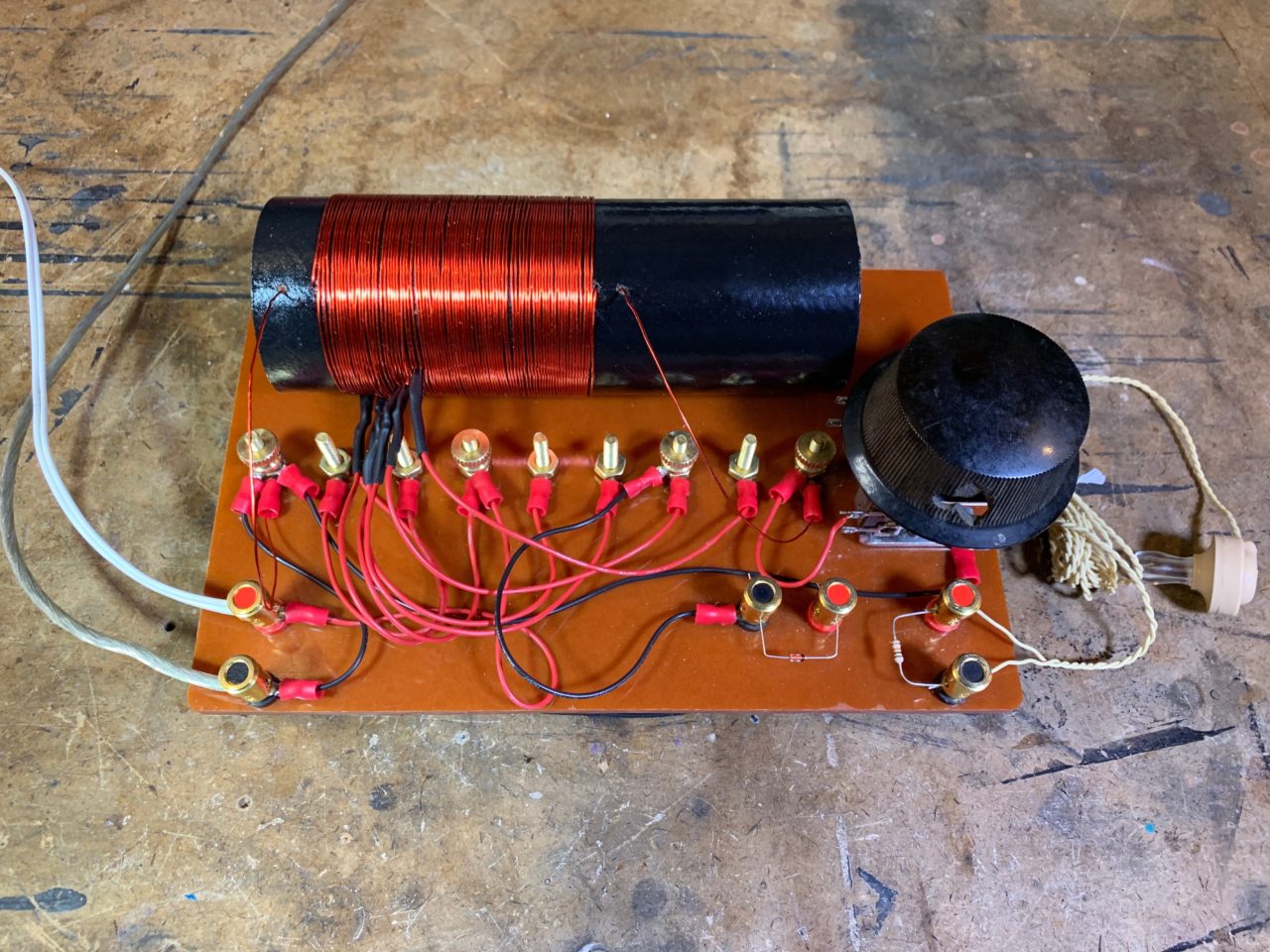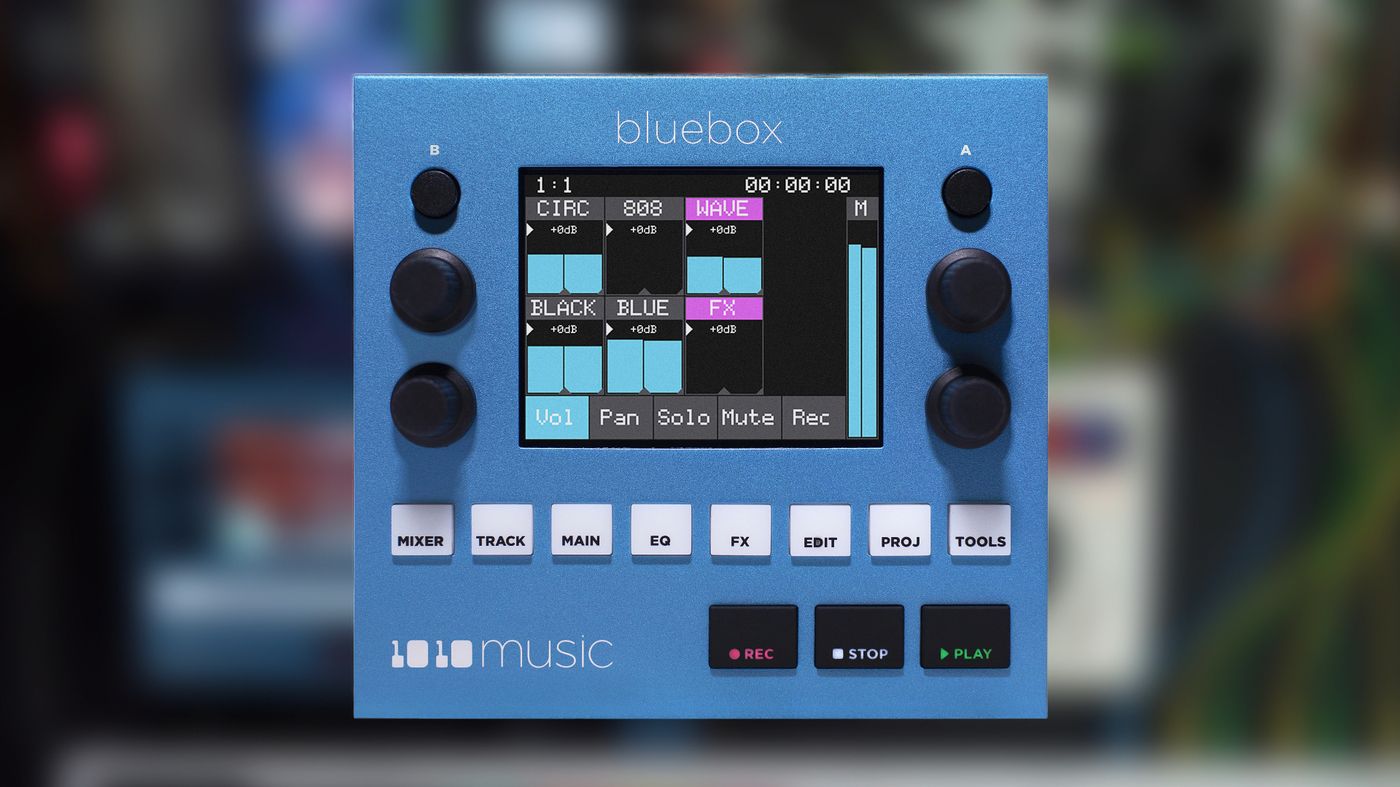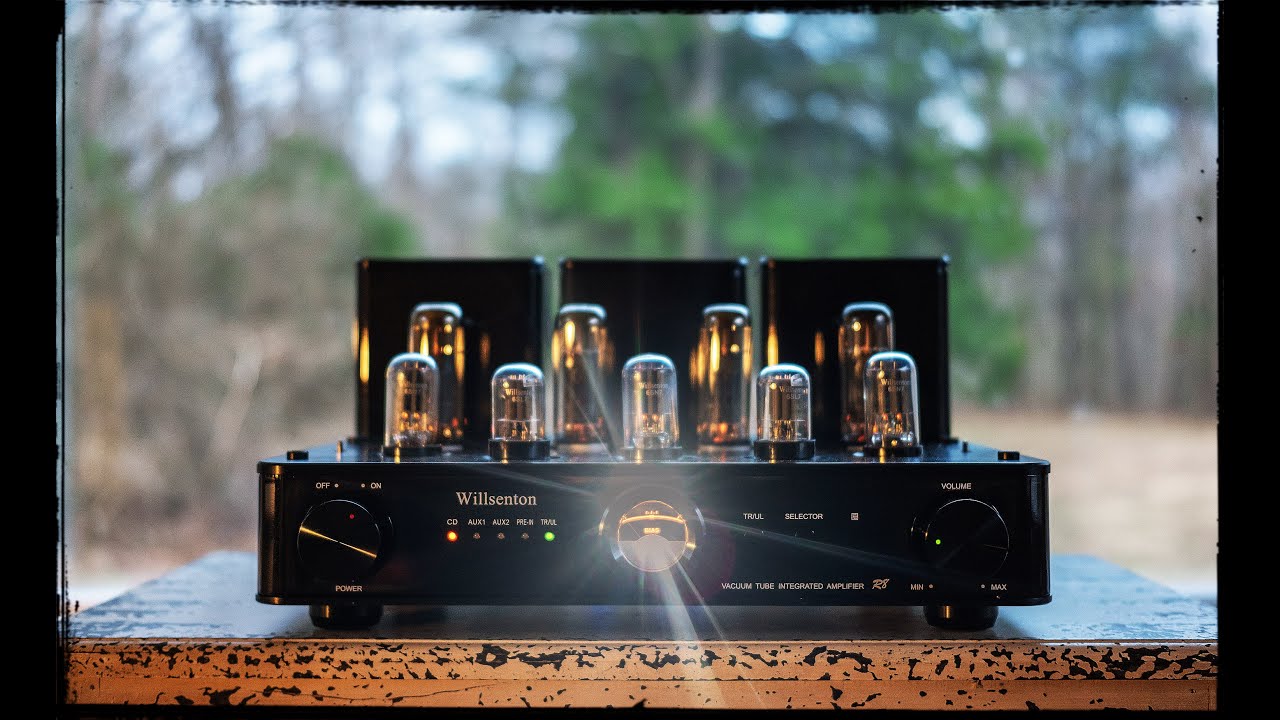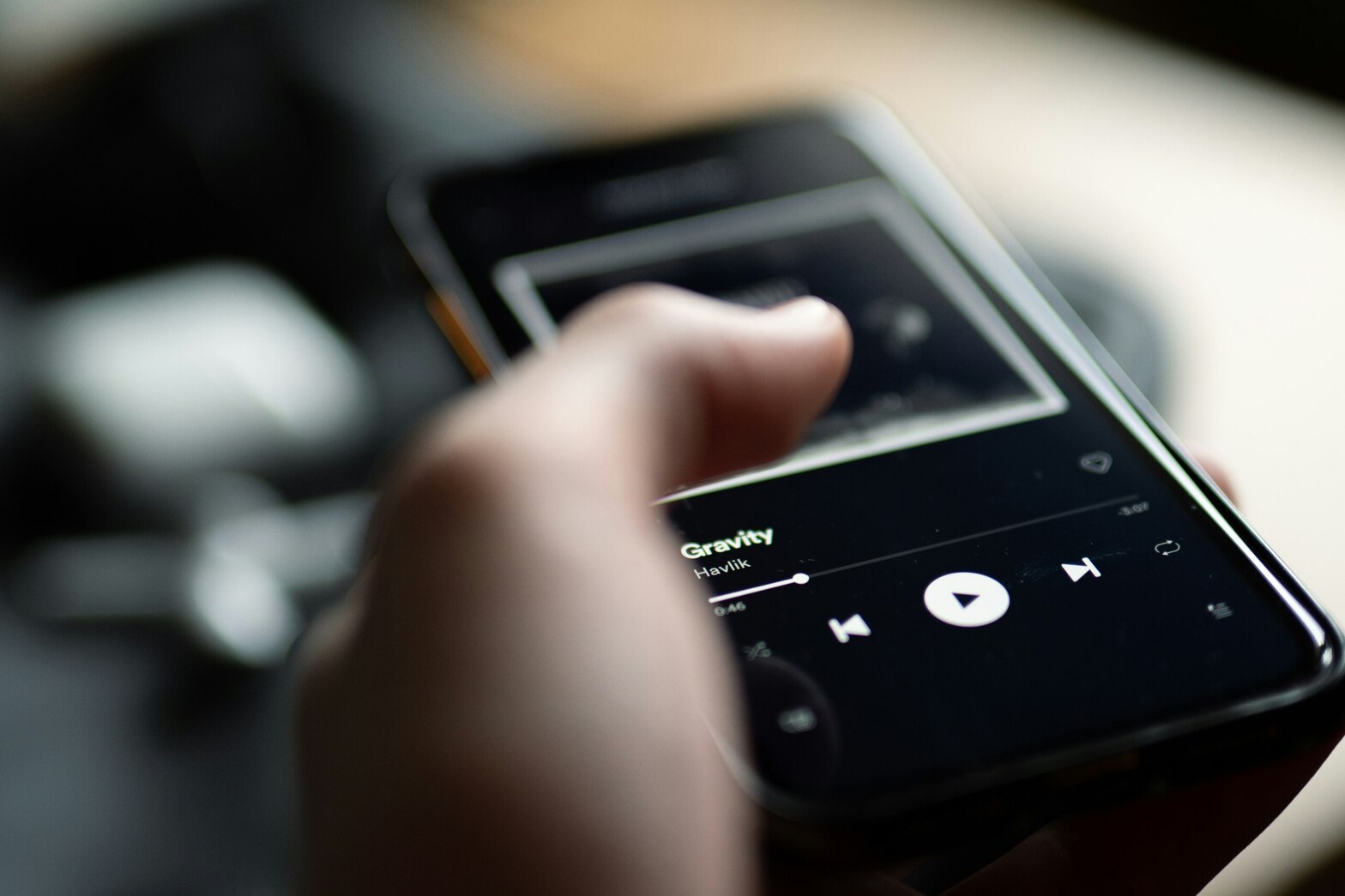Home>Instruments>Guitar>How To Build Calluses For A Guitar
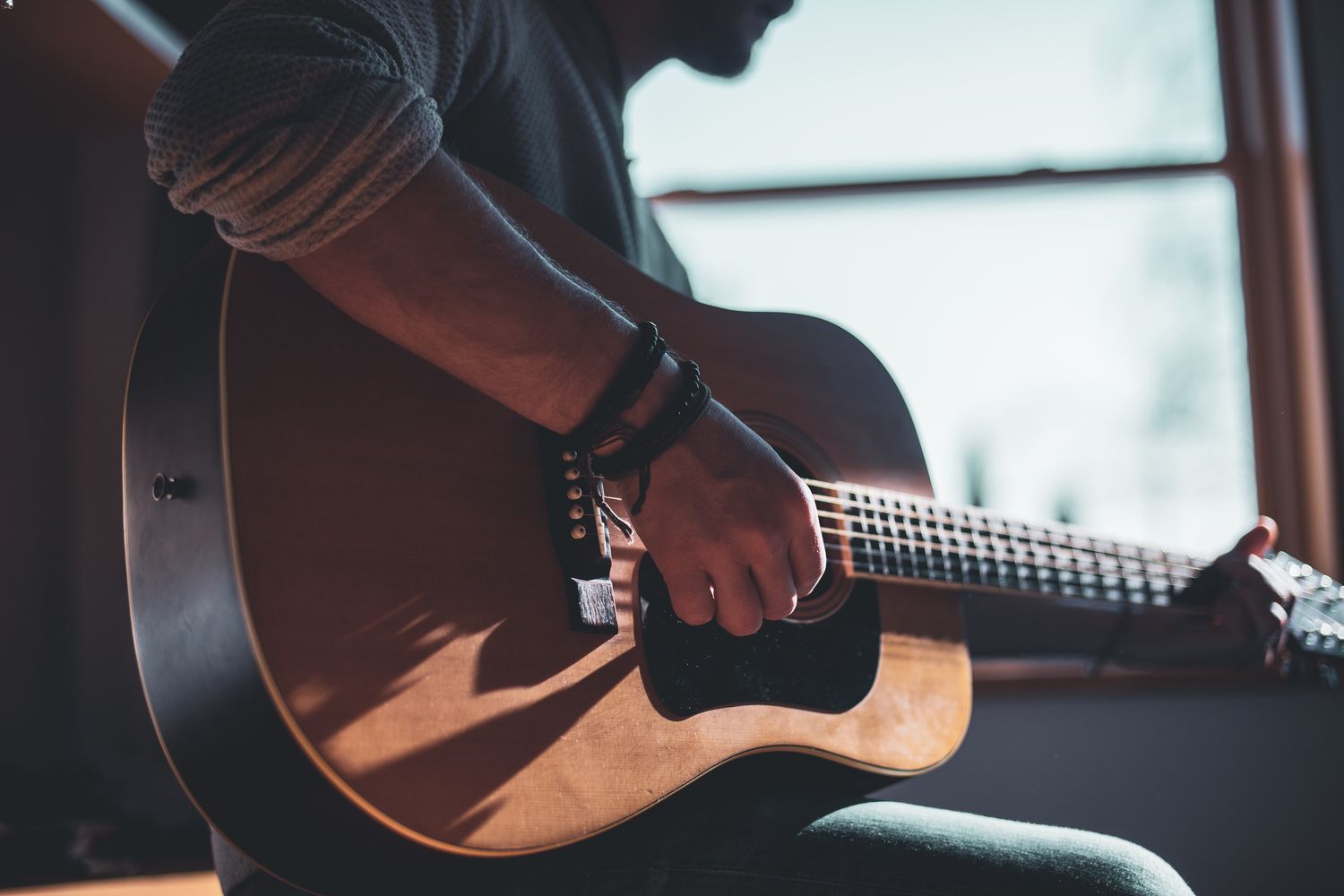

Guitar
How To Build Calluses For A Guitar
Published: February 12, 2024
Learn how to build calluses for playing the guitar with our expert tips and techniques. Strengthen your fingers and enhance your playing skills.
(Many of the links in this article redirect to a specific reviewed product. Your purchase of these products through affiliate links helps to generate commission for AudioLover.com, at no extra cost. Learn more)
Table of Contents
**
Introduction
**
Learning to play the guitar is an incredibly rewarding experience, but it often comes with a bit of discomfort in the form of sore fingertips. The development of calluses is a natural and necessary part of becoming a proficient guitarist. Calluses are thickened areas of skin that form as a result of repeated friction and pressure, and they serve as a protective layer, allowing guitarists to play for longer periods without discomfort. In this article, we will explore the process of building calluses for guitar playing, understanding their importance, and learning the proper techniques and tips to expedite the callus-building process. Whether you're a beginner struggling with tender fingertips or an intermediate player looking to improve your endurance, mastering the art of callus development will significantly enhance your guitar journey.
Playing the guitar is a unique blend of artistry and physicality. It requires dexterity, precision, and resilience. As such, the formation of calluses is not only a practical necessity but also a rite of passage for every guitarist. Embracing this aspect of the learning process can instill a sense of determination and commitment, ultimately contributing to a more profound connection with the instrument. Throughout this article, we will delve into the nuances of callus development, offering insights, techniques, and valuable tips to help guitarists of all levels overcome the discomfort and reap the benefits of well-formed calluses. Whether you aspire to strum soothing melodies or shred electrifying solos, understanding and cultivating calluses will play a pivotal role in your musical journey.
**
Understanding Calluses
**
Calluses are the result of the body’s natural defense mechanism in response to repeated friction and pressure on the skin. When playing the guitar, the strings exert constant pressure on the fingertips, leading to the formation of these hardened areas. The development of calluses is essential for guitarists, as they provide insulation and protection against discomfort, allowing for prolonged practice sessions and performances.
Understanding the anatomy of calluses can shed light on their significance in guitar playing. Calluses form on the fingertips because this area is subjected to the most pressure and friction when pressing down on the strings. The outermost layer of the skin, known as the epidermis, thickens in response to this stress, resulting in the characteristic toughened patches. Beneath the epidermis, the dermis undergoes changes as well, with an increase in cell production to reinforce the protective barrier. This natural adaptation is the body’s way of fortifying the skin to withstand the rigors of guitar playing.
It’s important to recognize that calluses are not merely a cosmetic outcome of playing the guitar; they are a testament to a guitarist’s dedication and perseverance. As calluses develop, they not only reduce discomfort but also enhance tactile sensitivity, enabling players to execute techniques with greater precision. Additionally, well-formed calluses contribute to a more consistent and controlled sound production, as the hardened fingertips make it easier to press the strings firmly and uniformly. This improved grip and tactile feedback are invaluable assets for any guitarist striving to refine their skills and express themselves fluently through the instrument.
While calluses are instrumental in facilitating the physical demands of guitar playing, they also symbolize a deeper connection between the guitarist and their craft. The presence of calluses is a tangible reminder of the hours dedicated to practicing, the challenges overcome, and the progress achieved. They embody the resilience and commitment required to master the guitar, serving as a badge of honor for seasoned players and a promising sign of progress for beginners.
**
Proper Technique for Developing Calluses
**
Developing calluses is a gradual process that requires patience and a mindful approach. While it may be tempting to push through the discomfort, it is essential to prioritize the health and resilience of your fingertips. Employing the proper technique for callus development not only expedites the process but also minimizes the risk of injury and ensures a strong foundation for your guitar journey.
One fundamental aspect of callus development is consistent and purposeful practice. Begin by dedicating regular, but manageable, practice sessions to allow your fingertips to gradually adapt to the pressure of the strings. Avoid overexertion, as this can lead to excessive soreness and potential damage to the skin. Instead, focus on building endurance incrementally, gradually increasing the duration and intensity of your practice over time.
Furthermore, paying attention to your hand positioning and finger placement is crucial in fostering the formation of well-distributed calluses. When pressing down on the strings, aim to use the tips of your fingers, just behind the frets, to optimize leverage and minimize unnecessary strain. This not only promotes efficient technique but also ensures that the calluses form uniformly across the fingertips, enabling balanced and comfortable playing.
It’s important to strike a balance between consistency and rest. While regular practice is vital for callus development, allowing adequate time for your fingertips to recover is equally essential. Be mindful of any signs of excessive tenderness or irritation, and refrain from pushing through severe discomfort. Embracing rest periods not only prevents overexertion but also allows the calluses to form and strengthen naturally, leading to more resilient and enduring fingertip protection.
As you progress in your guitar journey, consider incorporating finger exercises and warm-ups into your practice routine. These exercises not only enhance finger strength and agility but also stimulate the gradual development of calluses. Engaging in scales, chord transitions, and fingerstyle patterns can effectively condition your fingertips, fostering the growth of robust and responsive calluses.
Ultimately, the proper technique for developing calluses revolves around a balanced and mindful approach to practice. By nurturing your fingertips with care, patience, and strategic practice methods, you can cultivate well-formed calluses that bolster your playing capabilities and fortify your connection with the guitar.
**
Tips for Building Calluses
**
Building calluses is a transformative process that can be facilitated by incorporating practical tips into your guitar practice routine. These insights not only expedite callus development but also promote overall fingertip health and resilience, ensuring a more comfortable and rewarding playing experience.
One effective tip for building calluses is to maintain proper string tension. Ensuring that your guitar is set up with an appropriate string action – the distance between the strings and the fretboard – can significantly influence the comfort and ease of fretting. High string action can require excessive finger pressure, leading to discomfort and delayed callus formation, while excessively low action may cause buzzing and hinder the development of robust calluses. Consulting a professional for guitar setup adjustments can optimize string tension, facilitating the natural development of calluses.
Hydration plays a crucial role in callus development and fingertip health. Keeping your hands adequately moisturized with a non-greasy, fast-absorbing hand lotion can prevent excessive dryness and cracking, promoting a conducive environment for callus formation. However, it is important to ensure that your fingertips are dry before playing the guitar, as excessive moisture can soften the skin and impede callus development. Striking a balance between hydration and dryness is key to fostering the ideal conditions for callus growth.
Another valuable tip for building calluses is to vary your playing techniques and repertoire. Exploring different genres, playing styles, and techniques not only enriches your musical proficiency but also exposes your fingertips to diverse forms of pressure and friction. This varied stimulus can contribute to more comprehensive callus formation, ensuring that your fingertips are adept at accommodating the demands of various playing styles and techniques.
Utilizing specialized products, such as fingertip protectors or callus-building creams, can provide targeted support for callus development. Fingertip protectors, typically made of soft silicone, can alleviate discomfort during the initial stages of playing, allowing for longer practice sessions without undue strain. Callus-building creams, formulated with ingredients that promote skin resilience, can expedite the natural callus formation process, providing an additional boost for guitarists seeking efficient callus development.
Lastly, maintaining a positive mindset and patience is crucial in the journey of building calluses. Embracing the gradual nature of callus development and acknowledging the incremental progress can foster a resilient and determined approach to guitar playing. Celebrate each milestone in callus formation, and remain consistent in your practice and care for your fingertips, knowing that the resulting calluses will enhance your playing capabilities and signify your dedication to mastering the guitar.
**
Common Mistakes to Avoid
**
While aspiring guitarists are eager to develop calluses to enhance their playing experience, certain common mistakes can impede the natural and effective formation of these protective layers. By being mindful of these pitfalls, guitarists can optimize their approach to callus development and avoid unnecessary discomfort and setbacks.
One prevalent mistake is pressing too hard on the strings in an attempt to expedite callus formation. While it is essential to apply sufficient pressure to produce clear notes, excessive force can lead to undue strain on the fingertips, resulting in discomfort and potential injury. Instead, focus on precision and proper finger placement, allowing the calluses to form gradually and uniformly without subjecting the fingertips to unnecessary stress.
Another common misstep is neglecting proper hand and finger positioning. Inadequate hand posture and finger placement can not only hinder callus development but also lead to inefficient technique and potential musculoskeletal issues. Ensure that your fingers are positioned just behind the frets, optimizing leverage and minimizing the effort required to press down on the strings. Consistent attention to proper hand positioning not only facilitates callus formation but also fosters efficient and comfortable playing.
It’s important to avoid neglecting fingertip care and maintenance. While calluses are beneficial for guitar playing, neglecting to moisturize and care for the skin can lead to excessive dryness and cracking, hindering the formation of resilient calluses. Strike a balance between maintaining adequate fingertip moisture and allowing the calluses to develop naturally, ensuring that your fingertips remain healthy and conducive to callus formation.
One critical mistake to avoid is disregarding rest and recovery for your fingertips. Overexertion and prolonged practice without adequate rest can lead to excessive soreness and potential damage to the skin, delaying the formation of well-developed calluses. Be attentive to any signs of discomfort or irritation, and incorporate rest periods into your practice routine to allow the calluses to strengthen and fortify naturally.
Lastly, a common error is expecting immediate results in callus formation. Building resilient calluses is a gradual process that requires patience and consistent practice. Avoid the temptation to rush the development of calluses through excessive playing or aggressive techniques, as this can lead to discomfort and hinder the natural adaptation of the skin. Embrace the incremental progress of callus formation, knowing that the resulting calluses will be robust, enduring, and conducive to a fulfilling guitar playing experience.
**
Conclusion
**
Building calluses for guitar playing is a transformative journey that intertwines physical adaptation with musical growth. The development of these protective layers not only enhances the guitarist’s endurance and tactile sensitivity but also symbolizes dedication and resilience in mastering the instrument. By understanding the significance of calluses and embracing the proper techniques and tips for their formation, guitarists can navigate the discomfort of the initial stages with confidence and purpose.
Throughout this article, we have explored the anatomy of calluses, delving into their role in fortifying the fingertips and fostering a deeper connection with the guitar. Understanding the gradual nature of callus development and the importance of balanced practice has underscored the need for a patient and mindful approach. By prioritizing proper hand positioning, consistent practice, and attentive fingertip care, guitarists can expedite the formation of robust calluses while minimizing the risk of discomfort and injury.
Furthermore, the insights shared in this article have illuminated common mistakes to avoid, empowering guitarists to navigate the callus-building process with informed awareness. By steering clear of pressing too hard on the strings, neglecting proper hand posture, and disregarding rest and recovery, guitarists can cultivate well-formed calluses that enhance their playing experience and fortify their connection with the instrument.
In conclusion, the journey of building calluses for guitar playing epitomizes the fusion of dedication, patience, and musical growth. As guitarists embrace the gradual transformation of their fingertips, they not only cultivate resilience and endurance but also lay the foundation for a more profound and expressive relationship with the guitar. With a balanced and mindful approach to callus development, aspiring and seasoned guitarists alike can embark on a fulfilling and enriching journey, fortified by the resilient shield of well-formed calluses.

